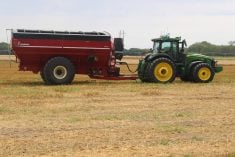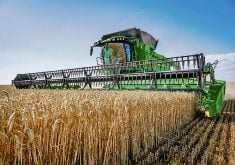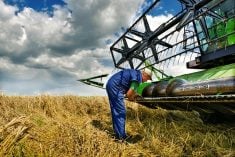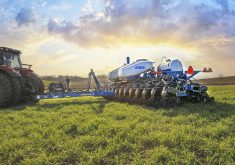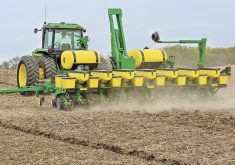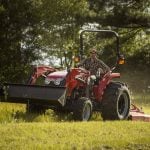Closing the trench over and around the seed has been a challenge increasingly met by more innovation over the past decade. That’s meant there are many and varied types of closure and press wheels for planters now on the market.
Precision Planting believes it has found what really needs to be done – control the down pressure of the closing system based on sensors, supplying pressure to get the seed trench closed no matter the soil conditions. The goal is to put the soil back to the original state, before the planter rolled through and added a seed.
Read Also
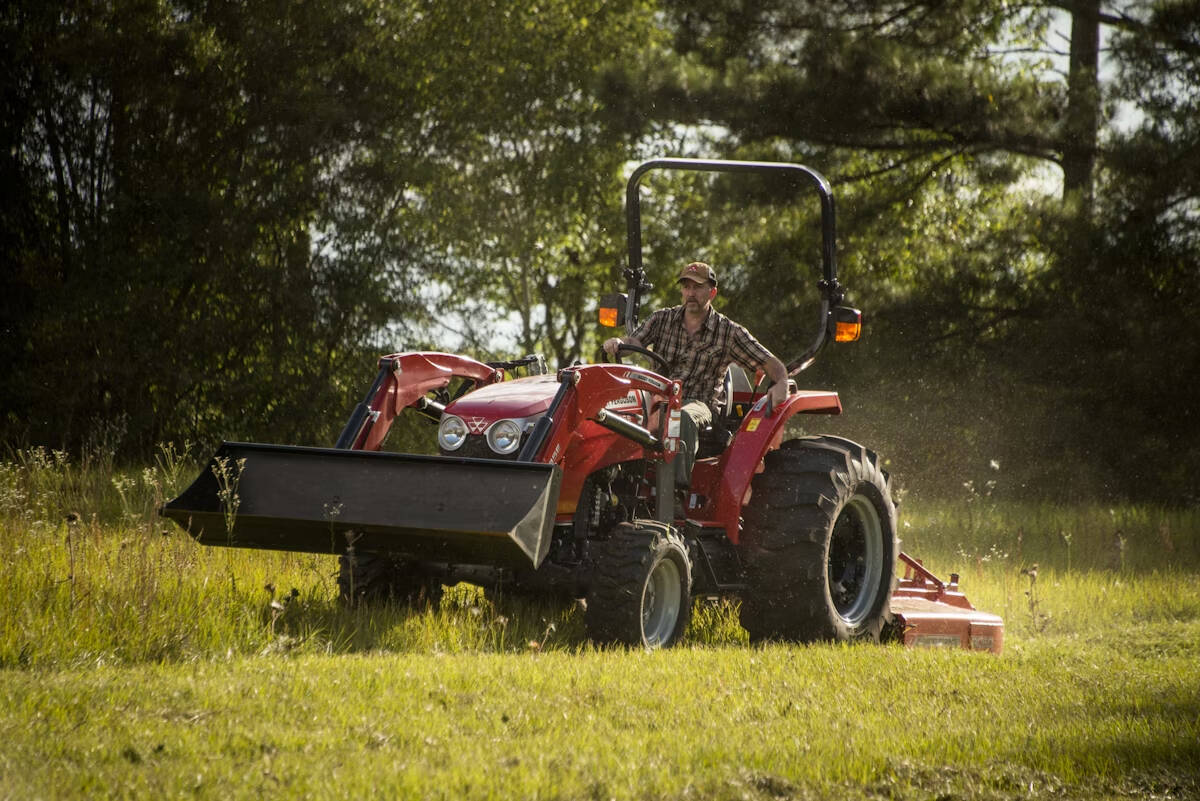
Agco settles legal dispute with TAFE
Agco and Tractors and Farm Equipment (TAFE) from India announced July 1 that they had settled their legal dispute, which began in 2024 over local ownership of the Massey Ferguson brand name and other concerns.
Precision Planting has worked through the row unit, from overall down pressure, with DeltaForce to creating more precision application of nutrients with FurrowJet, to measuring precision soil information with SmartFirmer. What remained was adding precision control to the back of the row unit, at closing.
“FurrowForce is the last stage of the corn planter, as that seed is released into that trench. The objective of a closing system is to destroy any evidence that we have been in the field,” says Shawn Livingston, region manager, with Precision Planting, in an interview at the London Farm Show.
“FurrowForce uses a sensor that allows us to monitor the ground contact to ensure that the first stage wheels are engaged in the ground to lift the sidewall of the seed trench and shatter it into place, followed by a second stage stitch wheel that is applying pressure to close the ground back up and eliminate any air gaps and firm up the soil so that we retain moisture to have proper germination.”
Precision Planting uses a couple of different variations in its closing system depending on soil type. A smoother wheel is used at the back of the system in sandy soil, instead of the more commonly used stitch wheel.
The concave front notch wheels were chosen as company research found it was the best configuration to lift dirt and wreck any sidewall before putting the dirt back in place over the seed.
The stitch wheels are designed to interlock at a slight angle, which puts pressure two inches into the soil or where the seed is.
There are three options to control down pressure on the closing wheels. The first is manually in the tractor planter-wide using an air system. The grower can set the pressure, after checking behind the planter to make sure there’s enough seed-to-soil contact at the chosen pressure.
A second mode is manual, but with a load pin that sends data back to the 20/20 monitor in the cab and gives the amount of weight being carried and the ground contact percentage. That system is planter wide.
The most complex system uses valves to control the air supply so that each row has an independent closing system. A target pressure is set and the sensor talks to the module to maintain that desired pressure. Pressure can be measured and changed multiple times per second.
The manual system is a simpler entry into the system, but the fully automated system gives the grower fewer operations to worry about as they are managing the tractor and planter.
Precision Planting studies in Illinois and in Ontario showed a seven-bushel advantage to the fully automated system over a traditional rubber and poly twister system. In Illinois, the difference between using the manual system and the automated system was 3.2 bushels.
Controlling closing wheel down pressure from the cab isn’t all that new.
CJ Parker, a crop production product specialist with Case IH, says that the company’s planters have had the option of down force control from the cab for years. It isn’t automated however, so the farmer still has to make sure that the pressure they are setting is of value for that planter and soil conditions. Down pressure used varies depending on soil type and moisture.
Parker says a conventional field could need 12 to 15 pounds per square inch of pressure, whereas a no-till field might need 20 to 25 pounds per square inch to get the trench closed properly.
Livingston says FurrowForce’s impact is significant and compares to the advantage found when DeltaForce, which manages overall down pressure, was introduced in 2013.
FurrowForce is sold out for 2020, as it was only a limited commercial release for this season. Livingston expects it to be fully available in 2021.
It is available for John Deere, Kinze, White, and Harvest International planters. Livingston says the company is investigating to see if there’s value in Case IH planters.





